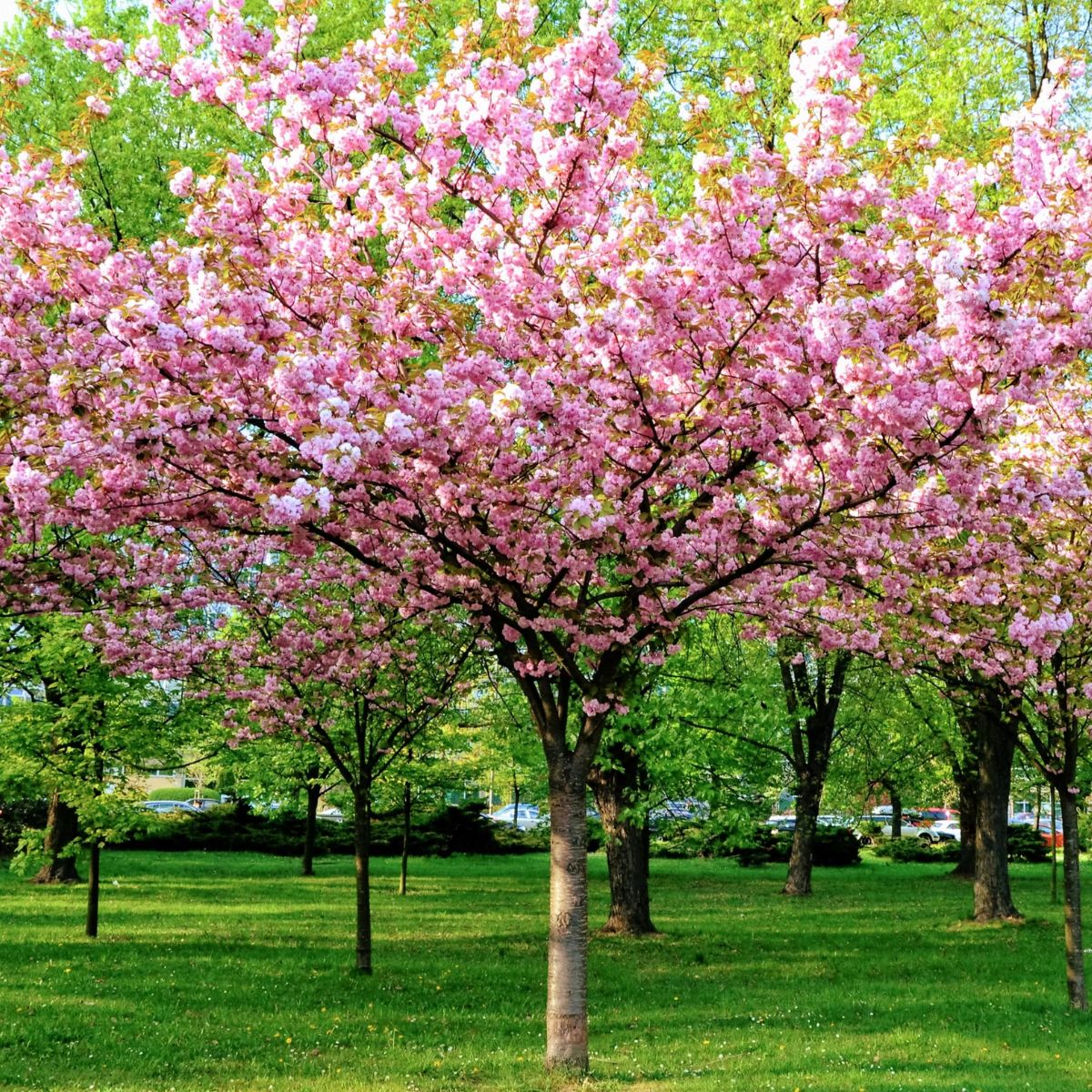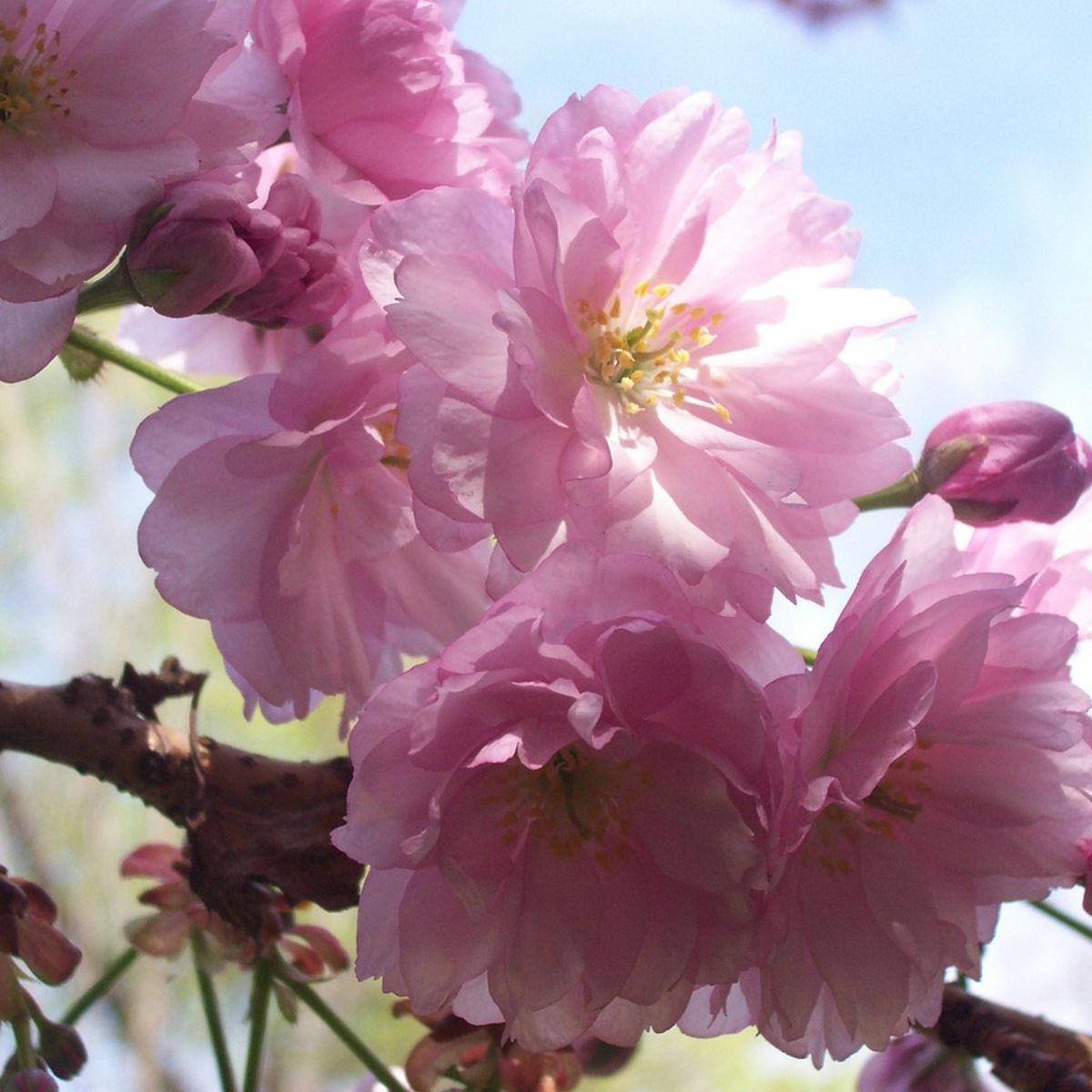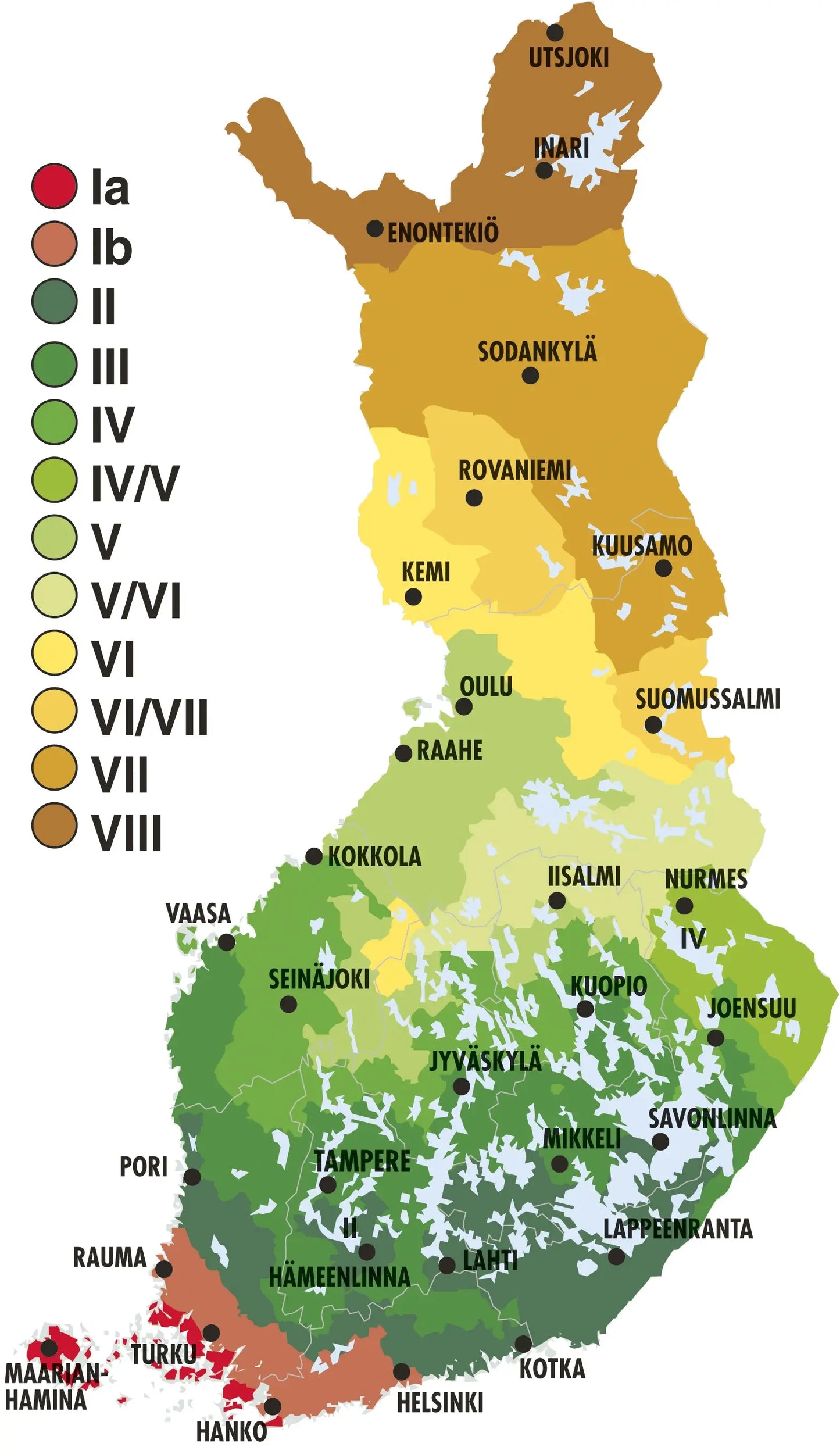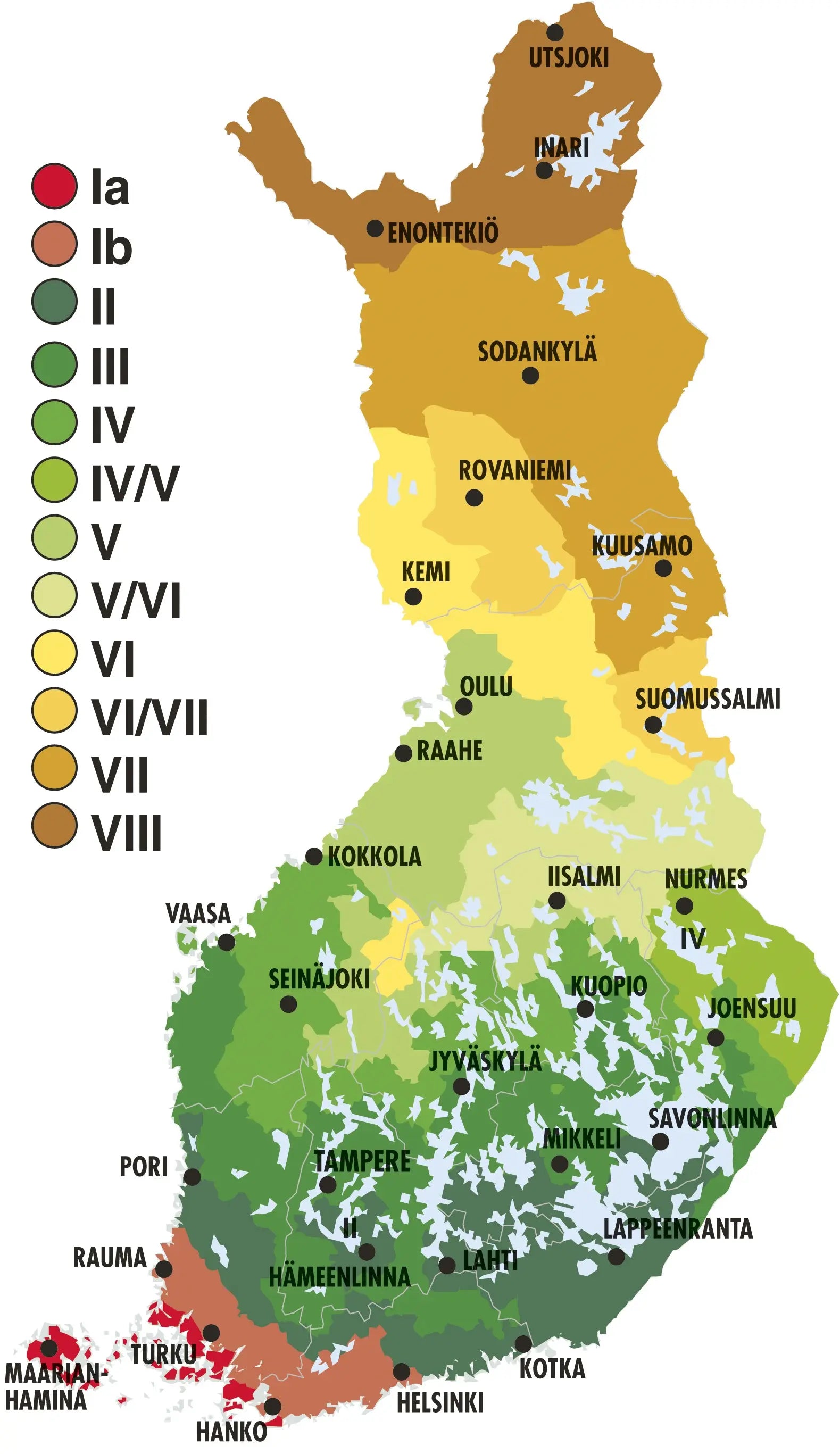Erikoistaimet.fi
Prunus triloba - Rose almond
Prunus triloba - Rose almond
Couldn't load pickup availability




Rose almond comes from a wide area in Eastern Asia ; From the Asian part of Russia, the Korean peninsula and parts of China. In its natural range, it grows in open mountain forests, at the edges and openings of forests at an altitude of 600–2,500 meters. The plant was first observed by Dr. Alexander von Bunge. It was introduced to science a few years later in 1855 by botanist Robert Fortune. The scientific name triloba refers to the (mild) trilobation of the leaves. Some horticultural varieties have also been developed from the stock species. Today, rose almond is a popular plant in horticulture in small yards, especially a little further south in Finland. Often due to its better winter resistance, the multi-flowered rose almond is a good alternative to the Japanese cherries used as ornamental trees due to their beautiful flowers.
In terms of growth, rose almond is a self-rooted, spreading, multi-stemmed, densely growing and branched, irregularly shaped shrub. When grafted (usually on plum cherry (Prunus tomentosa)), it is often grown into a small tree. The rose almond's growth rate is average. The species can grow up to 30 x 30 cm annually. In Finland, it can be up to approx. 2-2.5 meters high and the same width, but usually remains smaller. Rose almond leaves emerge quite late, usually only after flowering in early summer. Its bilobed leaves are usually oval or opposite or slightly three-lobed in shape. The leaves are dark green on top and light green on the bottom, and slightly downy when young. The leaves can be up to approx. 2.5-8 cm long and up to 2-4 cm wide. In autumn, the leaves get a yellow-orange autumn color. During the winter, the plant looks a bit branchy, just like many other shrubs in Finland. Rose almond is relatively shallow-rooted. Its root system consists of a few larger horizontal roots located near the ground surface and smaller roots. Self-rooted rose almonds tend to produce root water from potentially damaged root areas. Rose almond shoots are green at first, but gradually turn gray. The older branches become red-brown, slightly furrowed, streaked with transverse cork pores.
Rose almond is most spectacular during flowering. Depending on the amount of heat, it blooms in late spring before the leaves emerge on the previous year's shoots. Its hallanara, layered, bilobed, pink, fragrant flowers are located tightly at the ends of short shoots. Layered flowers usually have five petals in each layer. Rose almond flowers can be about 2-4 cm in diameter and they grow in pairs. Depending on the weather, flowering can last for about 2.5 weeks, in warm weather the flowering is shorter than in cool weather. The branches of the plant can literally be almost covered in beautiful pink flowers. After successful pollination, in September-October, red fluffy drupes of approx. 1-2 cm in size, almost the size of a cherry, can develop, in which the stone comes off poorly from the berry. The berries are not edible. The species rarely produces berries.
The rose almond needs a sunny, warm and sheltered place to grow in open ground in Finland in order to have abundant flowering and to give the plant time to mature properly before winter. On the other hand, a warm growing place in the spring may wake up the plant to bloom with frost branches too early, at which time there is a risk that the frosts will spoil the flowering. Rose almond thrives best in nutrient-rich, fresh-moist, permeable soil. It does not like standing water. The plant can also do well in poorer, drier and rockier soil, but the flowering may be less in such a location, as the lack of moisture affects the flowering. In such a place, the plant benefits from additional watering and fertilizing, as it also responds well to fertilizing. In order to protect the root system from the cold in winter and to reduce soil evaporation in summer, it is recommended to cover the plant's root system with mulch and in autumn also with e.g. dry leaves. However, the covers should not reach all the way to the frame. As a fully established self-rooted shrub, it can tolerate -25–30 C frost in a favorable location. In cold winters, flower buds and shoot tips can dry out. In cold and snowless winters, the plant benefits from winter protection. Dried and diseased shoots should be removed from the plant already in spring. In June, after flowering, it is recommended to give the rose almond a shaping cut, so that the canopy becomes denser and the flowering more abundant the following year. The seedling can undergo radical rejuvenation surgery every 6-7 years. The plant is susceptible to various fungal diseases such as monilia (monilinia sp.), i.e. "mummy disease" and shoot disease, leaf spot disease and powdery mildew. In addition, some common insect pests such as caterpillars and spinner mites may be present. The plant should be protected from rabbits.
Ice






